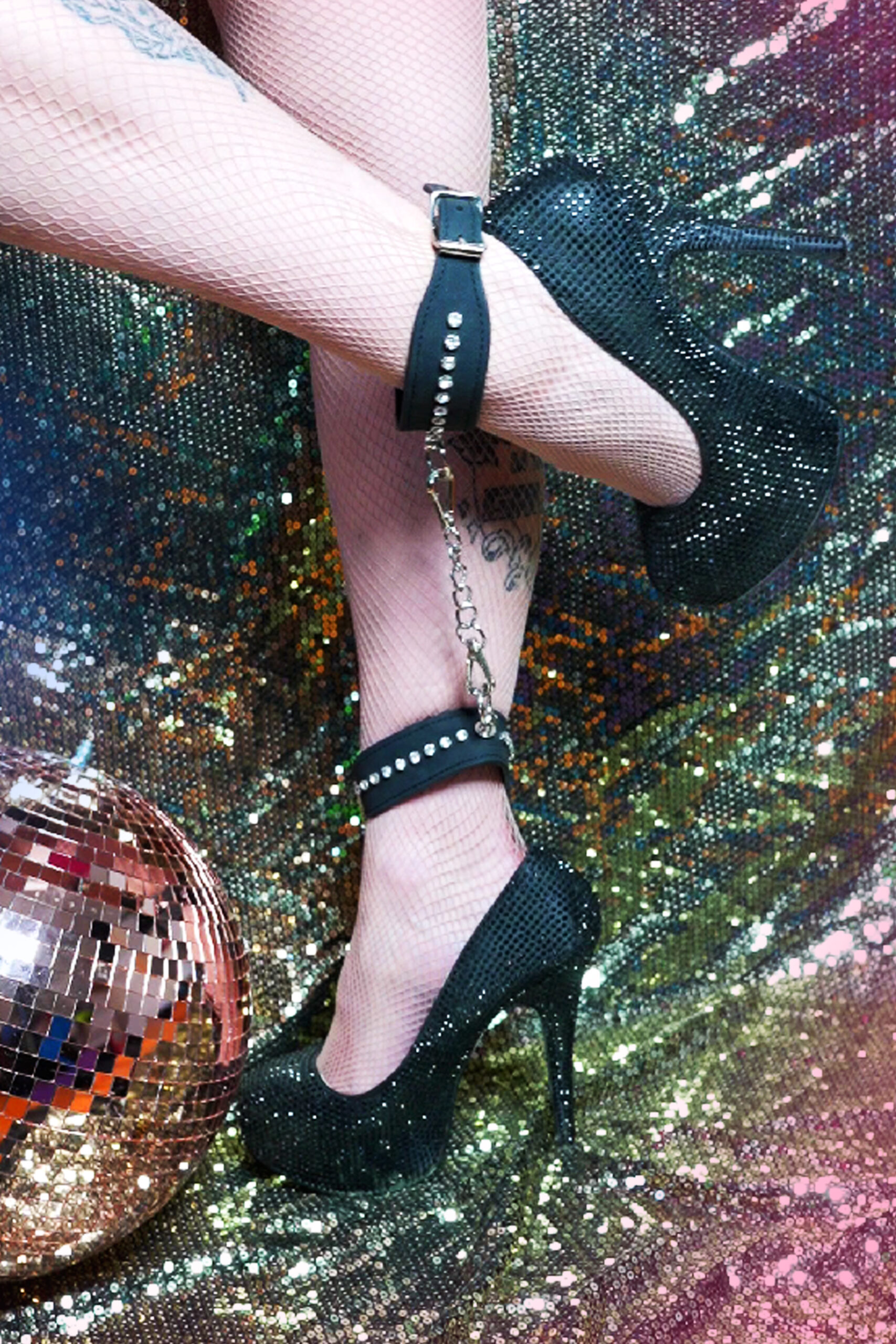Understanding Non-Binary Identities
In an evolving social landscape, understanding non-binary identities has become increasingly crucial, particularly within the realm of relationships. Non-binary individuals identify as neither exclusively male nor female, encompassing a spectrum of gender identities beyond the traditional binary.
Definition and Prevalence
Non-binary individuals often describe their gender as falling outside the categories of man and woman. This can manifest in various ways, with some identifying as having both male and female traits, others feeling neither masculine nor feminine, and still others experiencing their gender as fluid or shifting over time.
While exact prevalence figures are difficult to determine due to social stigma and varying definitions, research suggests that non-binary identities are more common than previously thought. A growing number of individuals are comfortable openly expressing their non-binary identities, leading to greater visibility and understanding within society.
Common Misconceptions
Despite increasing visibility, misconceptions about non-binary identities persist, often stemming from a lack of understanding or exposure. One common misconception is the belief that being non-binary equates to being transgender. While there can be overlap, these are distinct concepts. Transgender individuals identify with a gender different from the one assigned at birth, while non-binary individuals identify outside the male/female binary, regardless of their assigned sex.
Another misconception is the assumption that non-binary people have no preference for pronouns. Non-binary individuals may use any combination of pronouns (he/him, she/her, they/them, or other variations) depending on their individual identity and comfort level. It is crucial to respect an individual’s preferred pronouns, even if they differ from what might be traditionally associated with their appearance.
Finally, some may mistakenly believe that non-binary identities are a passing fad or trend. This underestimates the depth and validity of these experiences. Non-binary individuals have always existed, though societal norms and language have historically limited their ability to express themselves openly. The growing acceptance of non-binary identities is a positive step towards creating a more inclusive and equitable world.

Impact on Relationship Dynamics
The recognition and understanding of non-binary identities are reshaping the landscape of modern relationships. As societal norms evolve, embracing these diverse gender identities becomes essential for fostering healthy, respectful connections.
Challenging Gender Norms
Non-binary identities challenge traditional relationship dynamics by expanding the spectrum of gender expression and experience within partnerships. Traditional relationship models often rely on binary assumptions about gender roles and expectations. Non-binary individuals may navigate these models differently, blurring lines and creating unique opportunities for flexibility and individual expression within relationships.
These evolving dynamics can lead to richer and more authentic connections as partners learn to appreciate and embrace each other’s unique identities.

Non-binary representation in media and popular culture is also helping to normalize these diverse experiences, fostering greater understanding and acceptance within society as a whole.
Communication and Consent
The recognition of non-binary identities significantly impacts communication and consent within relationships. Non-binary individuals may use different pronouns than he/him or she/her, requiring partners to actively listen and respect their chosen identifiers. Misgendering can be deeply hurtful and undermine trust, emphasizing the importance of clear and open communication about pronouns and preferred language.
Consent within relationships with non-binary individuals requires sensitivity to individual boundaries and preferences. Gender does not dictate sexual orientation or desires, so partners must engage in open and honest conversations about their comfort levels and expectations.
Respecting these boundaries and ensuring enthusiastic consent for all activities is crucial for fostering healthy and equitable relationships.
Navigating Family and Social Acceptance
Navigating family and social acceptance can present significant challenges for non-binary individuals, particularly within communities that adhere to traditional gender norms. Families may struggle to understand and accept their loved ones’ identities, leading to conflict and strained relationships. Societal stigma and prejudice can also create a hostile environment, leading to feelings of isolation and invalidation.
It is essential for non-binary individuals to find supportive communities and networks where they feel seen and validated. Connecting with other non-binary people can provide invaluable support, resources, and a sense of belonging.
Advocacy groups and organizations dedicated to LGBTQ+ rights play a crucial role in promoting understanding and acceptance of non-binary identities. Their work helps to challenge societal norms and create a more inclusive world.
In an increasingly diverse society, understanding non-binary identities is paramount, particularly within the context of modern relationships. Non-binary individuals identify as neither exclusively male nor female, embracing a spectrum of gender experiences that transcend the traditional binary.
Marriage Equality and Rights
The growing recognition and acceptance of non-binary identities have significant implications for legal and societal frameworks surrounding marriage equality and rights. Traditional marriage laws are often built on the assumption of a strictly binary understanding of gender, with “man” and “woman” as the only recognized categories.
This can pose challenges for non-binary individuals seeking to legally marry their partners, as existing legal structures may not accommodate their identities. Some jurisdictions have made progress in amending marriage laws to include non-binary individuals, allowing them to enter into legally recognized unions with equal rights and protections as those afforded to couples of opposite or same genders.
However, legal equality for non-binary individuals remains an ongoing struggle in many parts of the world. Access to legal recognition of marriage is crucial not only for the personal well-being of non-binary individuals but also for ensuring their equal access to a range of rights and benefits associated with marriage, such as inheritance, healthcare decision-making, and spousal support.

Representation in Media and Culture
The growing visibility of non-binary identities has sparked important conversations about representation in media and culture.
Traditional media often portrays gender in binary terms, limiting the ways in which gender identity is represented. However, a shift is occurring as more non-binary characters are incorporated into film, television, literature, and other forms of entertainment.
This increased representation helps to normalize non-binary experiences and challenge societal stereotypes, making it easier for viewers and readers to understand and accept diversity in gender expression.
Accurate and respectful portrayals of non-binary individuals in media can have a profound impact on public perception and attitudes. It allows audiences to see themselves reflected in the stories they consume, fostering a sense of belonging and validating their identities.
Moreover, representation in media can help educate viewers about the nuances of gender identity, breaking down misconceptions and promoting empathy and understanding.
The Future of Relationships
In an increasingly diverse society, understanding non-binary identities is paramount, particularly within the context of modern relationships. Non-binary individuals identify as neither exclusively male nor female, embracing a spectrum of gender experiences that transcend the traditional binary. This evolving social landscape challenges traditional relationship dynamics and necessitates a deeper exploration of how we approach intimacy, communication, and connection in a world where gender exists on a spectrum.
Evolving Definitions of Love and Partnership
The future of relationships is poised for significant evolution as societal norms surrounding gender continue to shift. The growing recognition of non-binary identities challenges traditional notions of partnership, opening doors to more inclusive and equitable connections.
As understanding of gender expands, so too will the definitions of love and partnership. Traditional binary models may give way to relationships that are more fluid, adaptable, and personalized. The emphasis might shift from rigid roles and expectations to a focus on shared values, mutual respect, and individual expression.
Technology is also likely to play a role in shaping the future of relationships. Dating apps and online platforms may become more inclusive, offering options for non-binary individuals to connect with like-minded partners. Virtual spaces could provide safe and supportive environments for exploring identities and building connections.
However, challenges remain. Societal stigma and lack of understanding can create barriers for non-binary individuals seeking fulfilling relationships. It is crucial to continue fostering open dialogue, education, and advocacy to ensure that everyone has the opportunity to experience love and connection on their own terms.
Ultimately, the future of relationships promises to be more diverse, inclusive, and accepting. As we embrace evolving definitions of love and partnership, we create a world where all individuals can find meaningful connections based on authenticity, respect, and shared humanity.
Inclusivity and Acceptance as a Societal Value
The growing recognition of non-binary identities is transforming the landscape of modern relationships. Non-binary individuals, who identify as neither exclusively male nor female, are bringing new perspectives and experiences to partnerships, challenging traditional norms and pushing towards a more inclusive understanding of love and connection.
One significant impact is on communication and consent within relationships. Non-binary individuals may use pronouns other than he/him or she/her, emphasizing the importance of active listening and respect for chosen identifiers. Misgendering can be deeply hurtful, highlighting the need for open communication about pronouns and preferred language to foster trust and understanding.
Consent within relationships with non-binary individuals requires sensitivity to individual boundaries and preferences. Gender does not dictate sexual orientation or desires, so partners must engage in honest conversations about comfort levels and expectations to ensure enthusiastic consent for all activities.
Navigating family and social acceptance can be challenging for non-binary individuals, particularly in communities with rigid gender norms. Finding supportive communities and networks is crucial, providing a sense of belonging and validation. Advocacy groups working towards LGBTQ+ rights play a vital role in promoting understanding and acceptance, pushing for legal and societal changes that recognize the validity of non-binary identities.
The future of relationships promises to be more diverse, inclusive, and accepting. As we move beyond rigid binary constructs, love and connection can flourish in ways that celebrate individual expression and respect for all genders.
big black dildo
Create Cocktails at Home
My Fabulous Collection
- Fast Fuck Sex Position - July 17, 2025
- Exosome Therapy For Skin Rejuvenation Near Worcester Park, Surrey - July 15, 2025
- Enkuopoiphilia Fetish: The Fascination With Defecation - July 9, 2025
